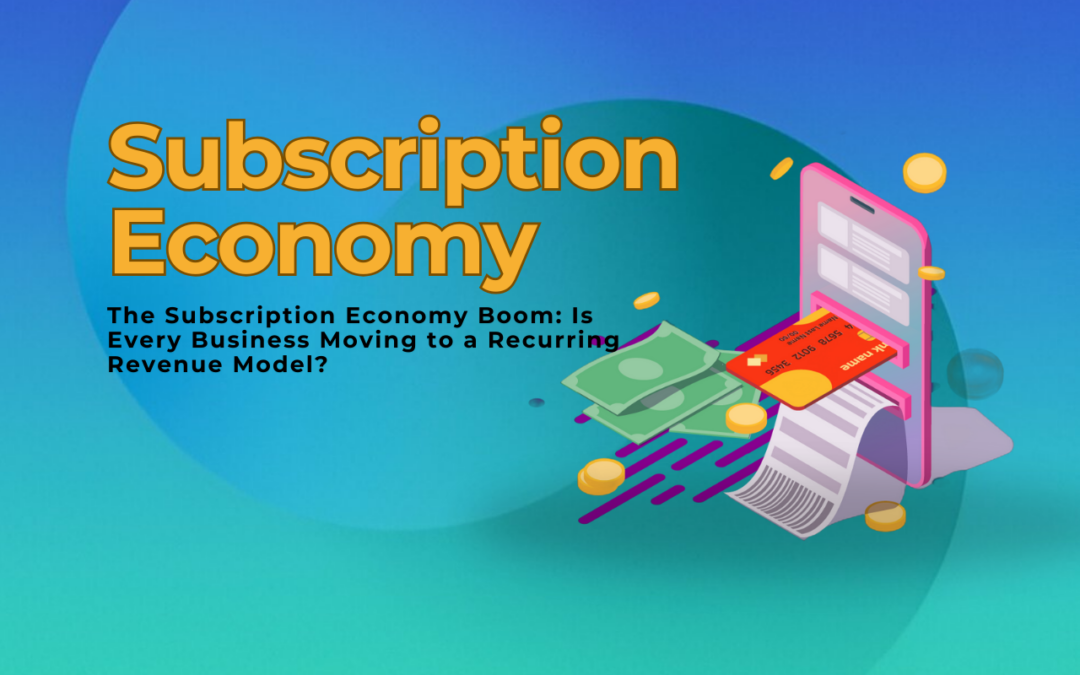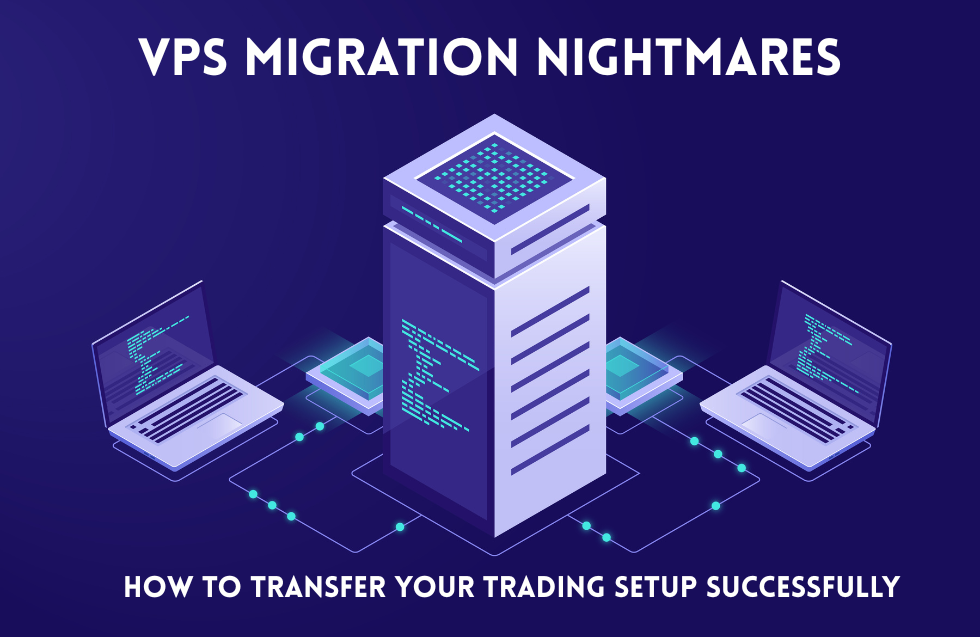Gone are the days when businesses relied solely on one-time purchases. The rise of the subscription economy is transforming industries, from software and streaming to coffee and cars. Whether it’s Netflix, Amazon Prime, or even a razor delivery service, companies across all sectors are embracing recurring revenue models. But is every business really moving toward subscriptions? And more importantly, should they?
The Rise of the Subscription Economy
The concept of subscriptions isn’t new—newspapers and magazines have operated on this model for centuries. But in the digital era, the subscription business model has exploded, thanks to SaaS (Software-as-a-Service), digital entertainment, and e-commerce.
Key Drivers of Subscription Growth:
- Consumer Convenience – Customers prefer hassle-free, automated payments and seamless access to services.
- Predictable Revenue Streams – Businesses enjoy stable cash flow and long-term customer relationships.
- Personalization & Engagement – Companies can offer tailored experiences, increasing customer loyalty.
- Lower Upfront Costs – Consumers can afford premium products/services without hefty one-time fees.
- Technology Advancements – AI-driven insights, automation, and digital payments make subscriptions easier to manage.
Industries Thriving on Subscription Models
1. Streaming & Media
Netflix, Spotify, Disney+, and Apple Music dominate the entertainment industry, where ownership is replaced by access.With global content consumption increasing, subscription-based media is here to stay.
2. Software & Cloud Computing
From Microsoft 365 to Adobe Creative Cloud, SaaS companies have revolutionized software distribution. Instead of a one-time expensive purchase, users now pay small monthly fees for access to constantly updated features.
3. E-Commerce & Retail
Amazon Prime, Dollar Shave Club, and Birchbox prove that subscriptions work beyond digital content. Subscription boxes, auto-replenishment services, and exclusive memberships create recurring revenue for retailers.
4. Fitness & Wellness
Peloton, Apple Fitness+, and ClassPass offer virtual and hybrid fitness subscriptions, making workouts more accessible than ever.
5. Automobiles & Mobility
Car subscriptions like Care by Volvo, Porsche Drive, and Tesla’s Full Self-Driving (FSD) are reshaping how people use vehicles. Instead of ownership, customers pay for flexibility and features on demand.
Are All Businesses Moving to Subscriptions?
While subscriptions work well for many industries, not all businesses can—or should—adopt them. Here are a few challenges and concerns:
1. Subscription Fatigue
Consumers are overwhelmed with too many subscriptions. A 2023 survey revealed that 47% of users canceled at least one subscription due to cost concerns.
2. High Customer Acquisition Costs
Unlike one-time sales, subscriptions require continuous engagement and value delivery. If churn rates are high, acquiring new customers becomes expensive.
3. Product & Market Fit
Some industries, such as luxury goods or unique services, don’t align well with the subscription model. Consumers may prefer ownership over rental-based models.
4. Regulatory & Compliance Issues
Subscription models can face legal challenges, especially with auto-renewals, cancellation policies, and consumer protection laws. Businesses must ensure transparency to avoid backlash.
The Future of Subscriptions: Evolution & Hybrid Models
Businesses that succeed in the subscription economy often innovate beyond traditional models. Some emerging trends include:
1. Freemium & Tiered Pricing
Offering a free basic version with premium upgrades (e.g., Spotify, LinkedIn Premium) attracts users and converts them into paying customers.
2. Pay-Per-Use & Hybrid Models
Instead of fixed monthly fees, brands are introducing flexible, usage-based pricing (e.g., cloud storage, pay-as-you-go fitness programs).
3. AI-Driven Personalization
AI is revolutionizing subscriptions by analyzing user behavior and tailoring content, pricing, and engagement strategies.
4. Crypto & Blockchain-Based Subscriptions
Decentralized, blockchain-powered subscriptions may soon eliminate middlemen and offer seamless, contract-based recurring payments.
Conclusion: Should Every Business Go Subscription-Based?
While the subscription economy offers stability, engagement, and scalable revenue, businesses must carefully evaluate their industry, customer preferences, and long-term sustainability. Instead of blindly following the trend, companies should explore hybrid models, flexible pricing, and value-driven services to win in the evolving landscape.
The future isn’t just about subscriptions—it’s about delivering continuous value in the most convenient, ethical, and customer-centric way possible.












